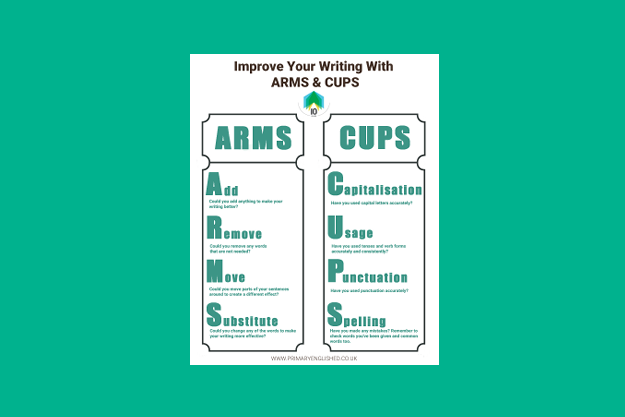Scaffolding literacy learning
In this article we consider some of the ways adaptive literacy learning can be achieved through scaffolding.
Imagine a building with scaffolding around it. What is the scaffolding for? Consider the following:
Is it a permanent structure?
Is it to help the workers move materials to where they need them?
Is it to ensure the workers are safe in their work?
“ a temporary structure that offers support and elevation – allowing workers to carry materials and easily access the building site, offering a safe and secure setting while working at a considerable height”
Let’s apply this to the scaffolding that we put in place in the classroom.
It should not be permanent. It’s something we should put in place to help our pupils only temporarily - think, the gradual release of responsibility.
It’s something that helps us move the learner towards the intended learning – think, the Zone of Proximal Development (ZPD).
It creates an environment where the learner feels safely supported as they embark on their learning - think, Maslow’s Hierachy of Needs.
Scaffolding is identified by Rosenshine as one of the key principles of instruction, yet pinning it down to specific approaches and actions can be challenging. This is where the EEF’s guidance (which breaks it down into three dimensions, visual, verbal and written) can be helpful.
Visual – which involves supporting pupils to know what their work should look like and the steps they need to take
Verbal – can include spoken reminders from teachers and teaching assistants and oracy structures to support learning
Written – which includes using structures to support independent writing including written whiteboard notes.
As this is a primary English website, let’s take a look at each of these dimensions with literacy learning as our focus.
Visual scaffolding
Graphic representations
Sue Palmer’s Skeletons for Writing are enduring scaffolds that support children to write non-fiction texts. Each skeleton provides a visual representation of the text structure that points clearly to the purpose of the text. In a similar way, 5-part story planners, story mountains and visual models of different story structures all provide scaffolds to support children as they plan and write their own texts.
Visual – quick gains
Aide memoirs such as our ARMS and CUPS editing and proofreading posters provide easy to digest advice that can be removed as children gain confidence and experience. And if you don’t use them already, Makaton and Widgit can be extremely supportive to children with communication needs. Click on the image to find out more about ARMS and CUPS.
Verbal Scaffolding
Verbal – oracy skills
Working together is one of the most important skills we can teach our children as citizens and learners. Using oracy structures such as think-pair-share, oral rehearsal before writing or using exploratory talk to build knowledge and understanding are low-maintenance ways of scaffolding learning. Click on the image to read our blog about Supporting Spoken Language.
Written scaffolding
Written - sentence strips
When we use paper sentence strips we are helping children to understand the abstract nature of sentences by manipulating their various parts. I’ll take the well-worn national curriculum objective about fronted adverbials as an example. We might write a sentence that contains an adverbial on a paper sentence strip. We’d then ask the children to identify the adverbial and underline it. Then ask them to chop up the sentence and move the adverbial to the front of the sentence (fronting). And, with a bit of prompting about punctuation, they should achieve success.
This scaffolding approach is not unique to fronted adverbials. Wherever there is the cause to move grammatical elements around a sentence (say embedded relative clauses) this sensory approach can be used.
Written – quick gain
Another written approach to scaffolding is providing children with word banks. These can be used before, during and after writing. Our blog post Quick Tips for Spelling and Vocabulary: using word mats is a great source of ideas for using these versatile scaffolds. Click on the image to find out more.
Written - quick gain
When we involve children in modelled writing, we are not only showing them how or what to write, but we are using our voices to provide a writerly commentary about our written choices. Once we extend this to shared writing, we are also involving children interactively in writing that is scaffolded so that we hold the pen whilst encouraging them to share their ideas. To read more about these powerful pedagogies, click on the image.
Scaffolding learning – implications for teachers
To know which children require scaffolding requires good knowledge of the children as learners; both summative and formative assessment knowledge are key.
Knowing what the children have already covered helps teachers to build on prior learning and to think about what scaffolds children may need to access their new learning.
Teachers need sufficient subject knowledge to know the common barriers and misconceptions faced by children. This makes it easier to prepare the scaffolding children may need.
This content in this article is taken from our Making Adaptations So All Learners Experience Success course.
This article was originally written on 1st November 2023, it was updated on 2nd June 2025.







